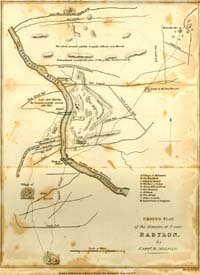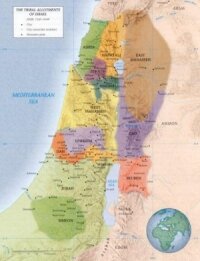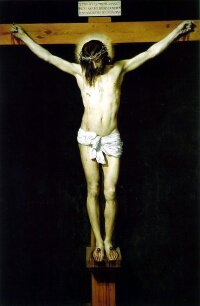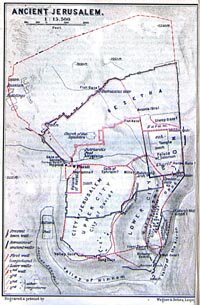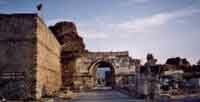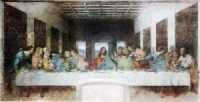 Ex nihilo is a Latin term meaning "out of nothing". It is often used in conjunction with the term creation as in Creatio ex Nihilo, "Creation out of nothing". God created merely by speaking it into existence.
Ex nihilo is a Latin term meaning "out of nothing". It is often used in conjunction with the term creation as in Creatio ex Nihilo, "Creation out of nothing". God created merely by speaking it into existence. Due to the nature of this, the term is often used in creationistic arguments, as some religions believe that God created the universe from nothing. It has also been argued that this concept cannot be deduced from the Hebrew and that the Book of Genesis, chapter 1, speaks of God "making" or "fashioning" the universe. However, Rabbi Schneur Zalman of Liadi (1745-1812) refuted these arguments in section II of his book titled "Tanya".
Arguments in Favor
Typical verses from the Christian scripture (i.e. the Bible) cited in support of Ex nihilo creation by God are the following:
- Genesis 1:1-2 - In the beginning when God began to create the heavens and the earth, the earth was a formless void...
- Proverbs 8:22-24 “Jehovah himself produced me as the beginning of his way, the earliest of his achievements of long ago. 23 From time indefinite I was installed, from the start, from times earlier than the earth. 24 When there were no watery deeps I was brought forth as with labor pains, when there were no springs heavily charged with water.
- Psalm 33:6 - By the word of the LORD were the heavens made, their starry host by the breath of his mouth.
- John 1:3 - Through him all things were made; without him nothing was made that has been made.
- Romans 4:17 - ... the God who gives life to the dead and calls things that are not as though they were.
- 1 Corinthians 1:28 - He chose the lowly things of this world and the despised things—and the things that are not—to nullify the things that are,
- Hebrews 11:3 - By faith we understand that the universe was formed at God's command, so that what is seen was not made out of what was visible.
More...









